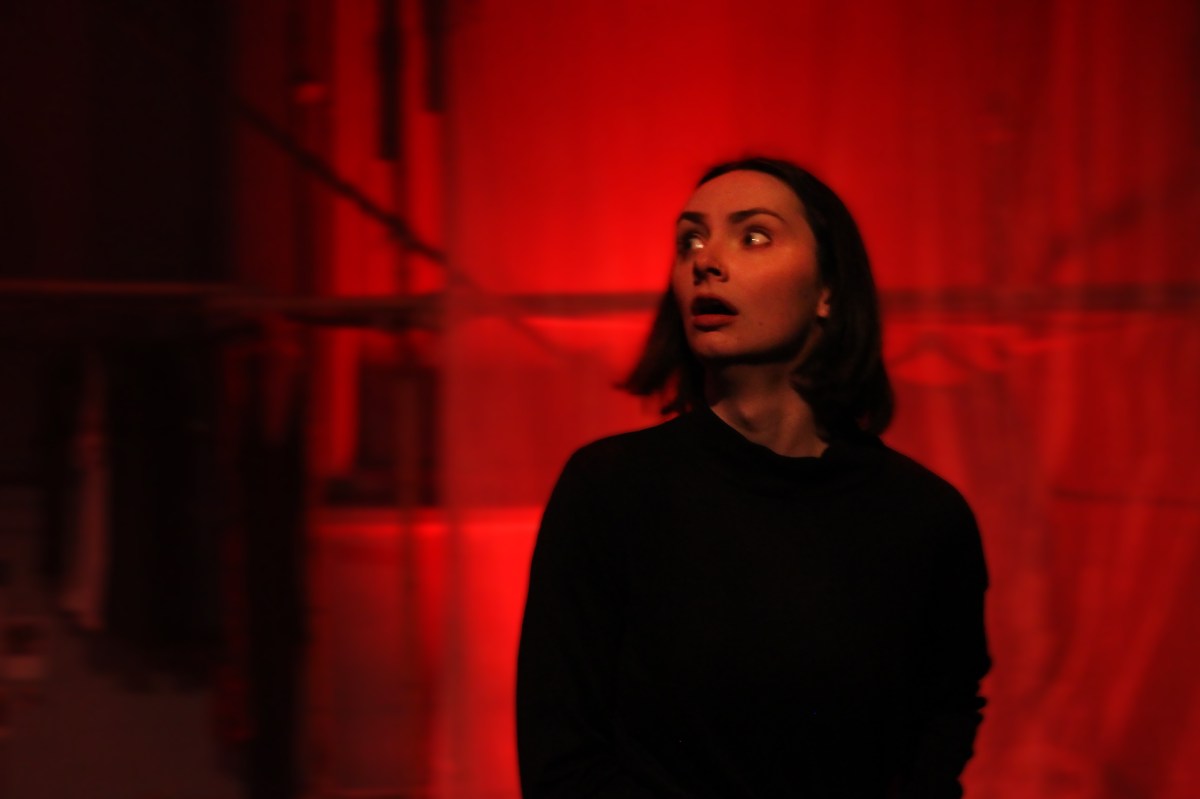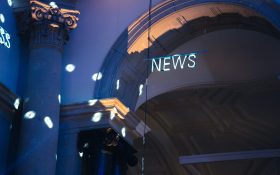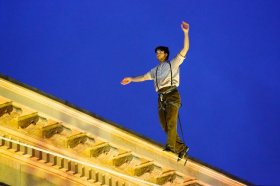Brains are funny things; I negotiate with my mine daily. Sometimes we come to terms, and sometimes it takes hostages like my focus, self-esteem, time management skills, and the capacity to retain even the smallest amount of information.
I feel extremely grateful to write as much as I do in the arts and our cultural landscape, and that I can do so (largely) unimpeded by my ADHD and OCD symptoms. However, while writing my last article, I started to think more deeply about the experience of disabled and neurodiverse artists operating in Western Australia, and the hoops we jump through to participate in traditional communication systems.
One of the cornerstones of ethical journalism is ensuring a subject’s voice is represented authentically in your writing, making sure that their contribution is not generalised, or represented as a tokenised minority. I have found that most of us, especially in arts journalism, are good at this – we are adept at negotiating the nuances of humans and the humanities.
But in the interests of progress, I thought I would share a couple of interview methods I have adopted to ensure my interviewees feel comfortable, acknowledged and able to be themselves. The following methods have been collated from feedback from disabled and neurodiverse artists in Western Australia, while also acknowledging that different ability and neurodiversity levels have different requirements for different communication styles. Adapt as required.
Four tips to consider:
1. Send interview questions in advance and in different forms
I understand that it is easy for me to say this as I don’t subscribe to any form of hard-hitting exposé-style journalism, but I find that for the purposes of your interview subject’s own introspection, providing the interview questions in advance results in more thoughtful, nuanced and confident answers.
Different people have different learning and communication styles. Providing as many different options as you can in delivering your questions (that is visually, verbally, conceptually) and ahead of time allows your subject time and space to understand the scope of the article, think about their answers and ask any questions if they need to.
I know that from my experience, seeing the question allows my brain to digest it in a deeper way and helps to provide a more cogent response. Otherwise sometimes it feels like questions escape me like powdered sugar through a sieve.
2. Allow an ample amount of time for the interview
Nothing makes my brain more devoid of thought than time pressure, so it makes sense that short interview windows make some people nervous and/or inadequate.
Twenty minutes is not enough time for a lot of things: making muffins, playing a game of Scrabble, reading any novel by Charles Dickens… let alone participating in an interview where your methods and opinions may be representative of an entire identity or sector.
By letting your interviewee know that they have ample time to answer your questions in whatever way they wish, they are likely to feel more comfortable, considered, less stressed and more capable of delivering an insightful answer that they are happy with.
3. Ask which interview method they would prefer
Some people like to see other people’s faces when they talk, while others feel intimidated by it. Some people need to see a person’s lips to better make out and understand what another is saying. Others would rather drop dead than meet up and have a coffee in a busy café and will jump at the opportunity to type up their answers instead.
Shaking up the location and delivery method of the interview according to your interviewee’s preference will allow them the opportunity to deeply understand your questions, without the anxiety and pressure of wondering how much they are going to understand and/or remember.
Read: Why is the art world still married to meritocracy?
4. Consider adopting a collaborative editing process, where appropriate
As someone who is neurodiverse, I find that I carry a lot of unnecessary guilt about not being able to “fit in” with normal societal practices. For me, and for many other neurodiverse and disabled people, this often manifests in the unconscious way we talk about ourselves to others, habitually in a disparaging way. It’s the difference between:
‘I find it hard concentrating for long periods of time, but it’s because of my ADHD.’
and
‘I look for flexible working opportunities, to work with my ADHD.’
Allowing interviewees a chance to look at the final edit of the article before it goes to print to make suggestions, gives them time to reword these unconscious biases and reframe their ideas if they need to, especially as this may be the first time they have had a chance to review what they said since the initial interview.
Provided the article is not wholly rewritten, revisiting the article gives your interview subjects more ownership over their voice and narrative within an otherwise ableist processes.
While using these methods, creating the article should feel like a collaborative experience. To create and share art is to create and share connection with one another.
As communicators within the arts, I feel it is our duty to create this space where we can.
This article is published under the Amplify Collective, an initiative supported by The Walkley Foundation and made possible through funding from the Meta Australian News Fund.





